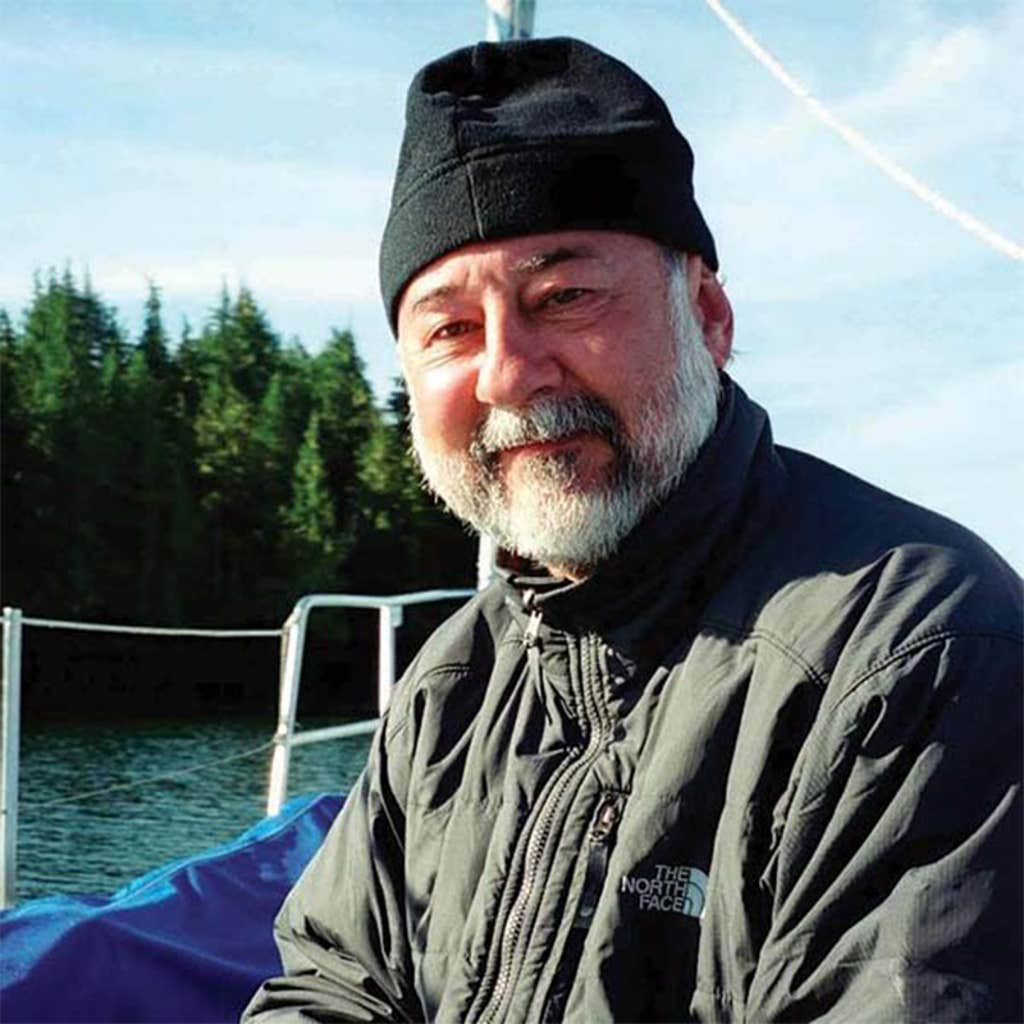In my feature article, “Howl,” you meet wolf biologist Diane Boyd. Her decades of tracking and studying wolves in the Northern Rocky Mountains have convinced her that wolves starting to come down from Canada in the 1980s would have eventually resettled the American West on their own.
In 1995, the United States government transplanted wolves from Canada into the U.S. side of the Rockies, including Yellowstone National Park. In “Howl,” I write that government reintroduction has led to a violent aftermath for the wolves. Boyd believes the wolves would have been better off had they simply repopulated the Northern Rockies themselves.
Architects of official wolf reintroduction challenge Boyd’s view, arguing that lone wolves returning on their own were often shot by hunters and landowners, and so would have been incapable of forming packs and populations. Boyd counters, “I give the wolves more credit for their resilience and intelligence. I have seen them go to amazing places and survive.”
Boyd is not alone in believing the wolves were surviving in the Northern Rockies on their own. I spoke to Canadian biologist Paul Paquet, who has been tracking and studying wolves since the ’70s in Canada. His many scholarly articles and books reveal him to be a pioneer in wolf research. Bob Crabtree, founder and chief scientist of the independent organization Yellowstone Ecological Research Center, calls Paquet the “godfather of wolf and large carnivore conservation in Canada.”
Paquet and Boyd worked together periodically in the ’80s and ’90s. As a complement to “Howl,” I want to share part of my conversation with the soft-spoken Paquet, talking from his home in the small town of Meacham, Saskatchewan.

In the late 1970s, when the first wolf wandered into Montana from Canada, what did wolf populations look like in Alberta and British Columbia?
There were healthy populations in the north of those provinces, and less so in the south. Wolves were still being targeted in the early ’70s in British Columbia and Alberta. The reason was concern about rabies. That motivated people to eliminate wolves, and they did a very good job, unfortunately. Later in the ’70s, there was a period of slow recovery for the wolves, and so there was an opportunity for them to recolonize areas where they were common previously.
And that’s when one or more wandered into Montana?
Right, it’s not unusual for wolves to explore areas outside of where they live. We refer to those as “exploratory forays.” They’re looking for areas where they assume there’s prey that can sustain them, areas they can colonize.
And were they beginning to colonize places in America?
Yes. One of the things that Diane and I were aware of, and others seemed not to be, or didn’t want to hear, is that before reintroduction occurred, there were quite a few wolves in some of the areas that wolves were being reintroduced to. People just didn’t know about them. We were monitoring them in the late ’80s and early ’90s, placing satellite collars on some of the wolves living in the Southern Rockies of Canada.
It didn’t take us long to realize they were moving into the U.S. We were seeing them in Idaho and in Washington all the way down to Yellowstone, and back up on the east side of the Rocky Mountains. They’re making what looked like explorations. Sometimes they would come back to where we had originally collared them, but sometimes they didn’t. It became clear to us that there was a natural recolonization occurring.
Weren’t the explorers getting shot by hunters and landowners?
Some were, and some were finding areas where they seemed to be able to exist without conflict. If there was conflict, that was unfortunate for them, but other wolves would come into the same areas. It was related to where prey was available.
Proponents of wolf reintroduction argue that wolves needed to be captured in Canada and brought to America to form healthy packs, because the single dispersing wolves were getting killed.
In part, that’s true. I say in part because I know that wasn’t necessarily the case. We were monitoring these wolves, and they were making their way around some of these areas where they were likely to be killed. People didn’t even know they were there. We have some areas in southern Alberta and British Columbia, where we were following wolves for several years, where there’s ranching and livestock. And the people living there were clueless that there were actually wolves in the area.
What do you think of U.S. wolf reintroduction?
It was well intended. There’s no doubt about that. There were a lot of people advocating for it. But the wolves were already there, and they were moving quite rapidly and expanding into some of these areas, much farther than what they might have anticipated or known about.
Do you think U.S. wolf reintroduction was necessary?
You know, I don’t think it was necessary. I do think it was thought to be necessary. At the time, both Diane and I thought that wolves, in the areas where people wanted to see them reintroduced, were already there. ![]()
Lead image: Evgeny Turaev / Shutterstock
































